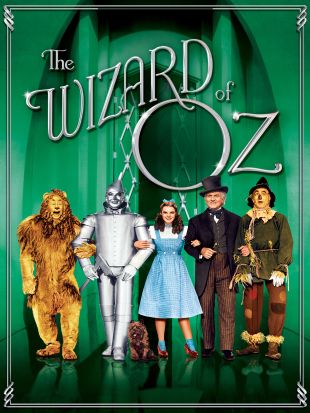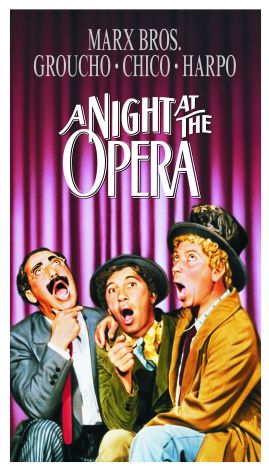Hailing from South Bend, Indiana, George Seaton resettled in Detroit after college to work as a radio and stock-company actor. Seaton was the second person to portray the Lone Ranger on Detroit station WXYZ; he claimed to have come up with the Ranger's immortal cry "Hi-yo, Silver" because he couldn't whistle for his horse, as the script required. Signed as a contract writer at MGM in 1933, Seaton's first major break came when he contributed comedy material, minus screen credit, for the Marx Brothers' A Night at the Opera (1935). Groucho Marx liked Seaton's work so much that he invited him to co-write, with credit, the screenplay for A Day at the Races (1937), which proved a major success for all concerned. Seaton went on to work at Columbia in the early 1940s, then set up shop at 20th Century-Fox in 1943, where he would remain for the next decade. While at Fox, Seaton was Oscar-nominated for his screenplay work on The Song of Bernadette (1943); in his spare time, he wrote a play titled But Not Goodbye, which flopped on Broadway but did rather well as the 1946 Frank Morgan movie vehicle The Cockeyed Miracle. Having made his directorial debut with Fox's Diamond Horseshoe, Seaton went on to write and direct the evergreen Holiday classic Miracle on 34th Street (1947), which earned him an Academy Award for best screenplay. Moving to Paramount in 1951, Seaton formed a long and fruitful partnership with producer William Perlberg. The 1954 Perlberg-Seaton production The Country Girl copped yet another Oscar for Seaton, again for the screenplay. Soloing again after 1963, George Seaton continued writing and directing profitable if unmemorable films; his last major hit was 1970's Airport, which garnered him his final Oscar nomination. George Seaton was for many years the president of the Motion Picture Academy.
George Seaton
Share on
/_derived_jpg_q90_310x470_m0/Miracleon34thStreet1947-PosterArt.jpg)

